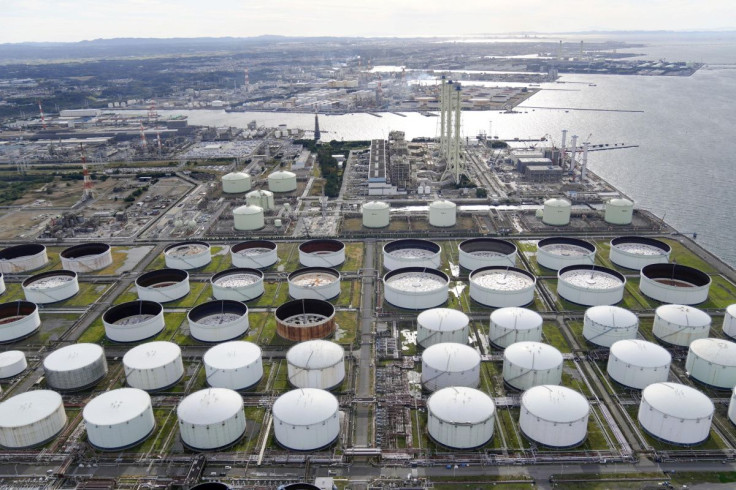Oil Rises In Volatile Trading Amid Supply Uncertainty

Oil prices edged higher amid a volatile trading session on Friday, as supply uncertainty outweighed fears of slower demand from cooling U.S. economic activity.
Brent crude futures climbed 31 cents, or 0.3%, at $110.36 a barrel by 0630 GMT, while U.S. West Texas Intermediate (WTI) crude futures were up 59 cents, or 0.6%, at $104.86 a barrel.
"Looking at the respective futures curves, both Brent and WTI are still heavily in backwardation, suggesting that prompt oil supplies remain as tight as ever," said Jeffrey Halley, a senior Asia Pacific market analyst at OANDA.
"Increasing recession fears appear to be prompting a culling of heavy speculative long positioning in both contracts, even as in the real world, energy tightness is as real as ever," Halley added.
Oil prices briefly climbed by nearly $1 per barrel in early Asian trade before paring gains and eventually remaining flat during intra-day Asia hours on Friday.
For now, fears of slower demand arising from interest rate increases and slower U.S. economic activity capped the price gains.
Crude futures were into sell mode after U.S. manufacturing and services PMIs came in well below expectations, along with a downswing in Germany's manufacturing data, said Stephen Innes, managing partner at SPI Asset Management.
"Under these conditions, higher crude oil prices will become super sensitive to any perceived or otherwise increased supply inputs," Innes said, noting signs of Russian crude hitting the oil complex and mounting pressure on OPEC to boost output.
OPEC and allied producing countries, including Russia, will most likely stick to a plan for accelerated output increases in August in hopes of easing crude prices and inflation as U.S. President Joe Biden plans to visit Saudi Arabia, sources said.
The group known as OPEC+ agreed at its last meeting on June 2 to boost output by 648,000 barrels a day in July, or 7% of global demand, and by the same amount in August, up from the initial plan to add 432,000 barrels per day a month over three months until September.
However, the group has struggled to hit the monthly increase targets due to underinvestment in oilfields by some OPEC members and, more recently, losses in Russian output.
© Copyright Thomson Reuters 2024. All rights reserved.



















